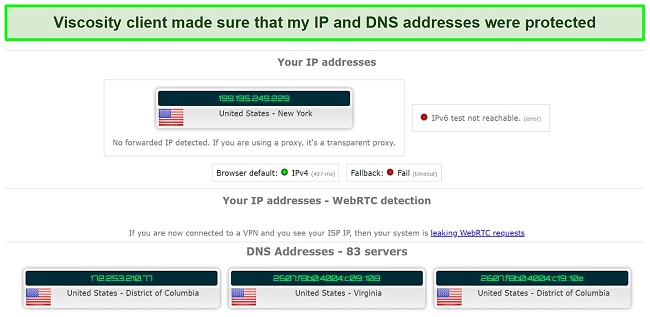


There you are presented with a form to fill out. To setup the AWS Client VPN Endpoint, you need to navigate into VPC and select Client VPN Endpoints section. If you want to change this, you’ll need to change out server in the appropriate places above. In the AWS Console this has the lovely name of “server”, based on the name we used during creation. easyrsa build-client-full nopassĬp pki/issued/ /tmp/fooĬp pki/private/ /tmp/foo/Īws acm import-certificate -certificate file://server.crt -private-key file://server.key -certificate-chain file://ca.crt -region us-east-1Īt this stage note down the ARN for the certificate that was uploaded. easyrsa build-server-full server nopass I’ve listed them all here in one go, so that you can copy and paste and it will just work for you.

The instructions are pretty clear and just follow them. Creating and uploading the OpenVPN Server Certificate On the next page choose the VPC you want to connect it to (I just used the default VPC), review the AD configuration and click create. Set a domain name (I used ), and the Administrator password. Username/Password Authentication Simple ADįirst let’s setup a test small Simple AD. I’m going to go through setting up Username/Password Authentication in us-east-1 using the default VPC. 1 is just with mutual-authentication (client certificate, this is the very traditional OpenVPN way) and with Username/Password using several of the AWS Directory services (e.g. There are two ways you can use the client for authentication purposes. It isn’t yet as configurable or as Highly-available as I’d like and the price point is probably a little too high for some smaller clients where this would benefit. AWS Client VPNĪs per the description at the top of the What-Is documentation page, the AWS Client VPN is based on OpenVPN.

But I really didn’t expect anything less. The documentation is was a bit lacking, but seems to have had a few updates, which is awesome to know that AWS is taking feedback and correcting things really quick. But it seemed maybe it was a little bit less than MVP and was rushed out due to the false starts. Not long (about 2 weeks) after re:Invent the AWS Client VPN made an appearance. Which was interesting because no one had seen a blog or any release information about it. Overall though, Viscosity is a superbly-presented OpenVPN client that makes managing and setting up VPN connections an absolute breeze.Back around re:Invent some very observent people picked up on a slide about an AWS Client VPN being available. Cisco VPN users are therefore excluded from using it. However, the big drawback of Viscosity is that it only supports the Open VPN protocol which means no Cisco support. It also works with keychain to protect your privacy at all times. Thanks to support for Growl as well, Viscosity keeps you notified about your VPN connection including alerts when the status of a VPN connection changes, IP address changes etc. Viscosity does a nice job of monitoring your OpenVPN connections to ensure you know what's going on at all times and the floating 'Details' window keeps you up to date with IP addresses, traffic flow, and OpenVPN messages.


 0 kommentar(er)
0 kommentar(er)
